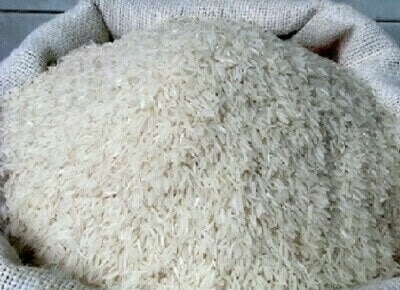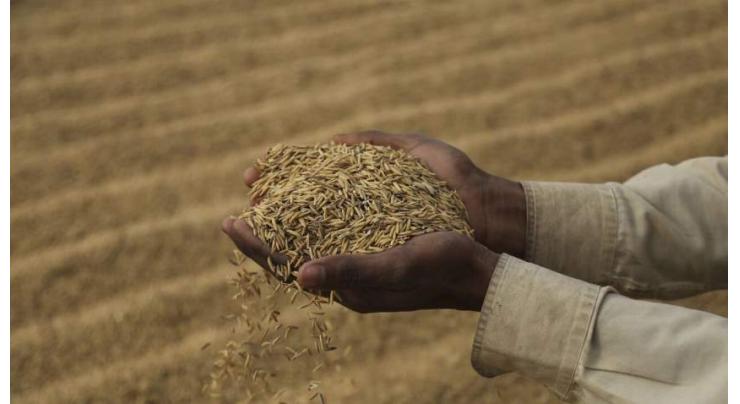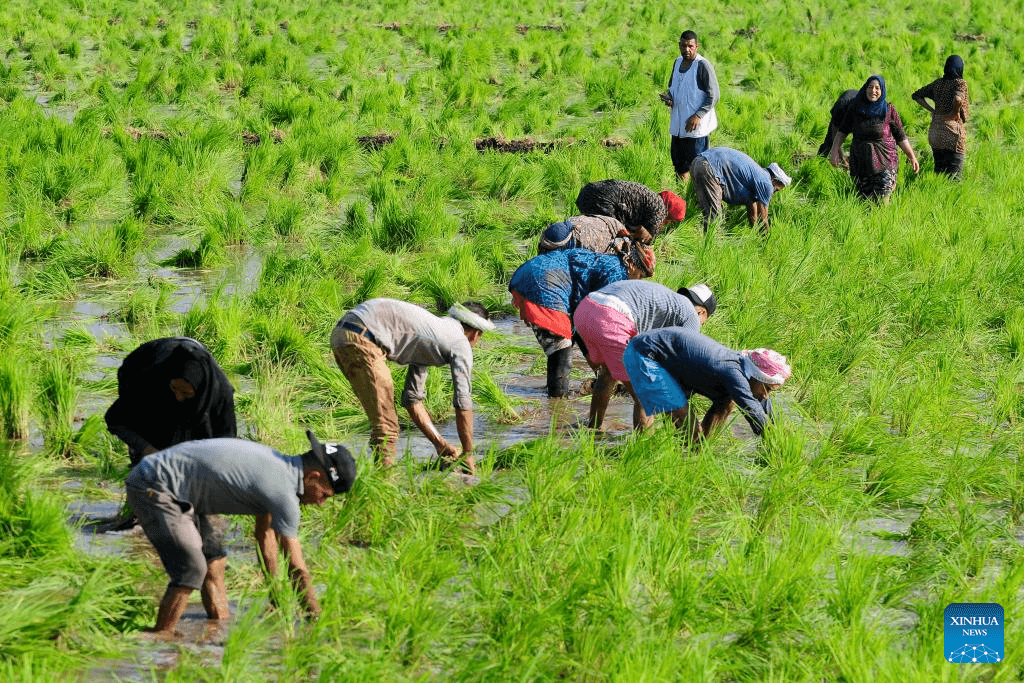Tags
Punjab paddy farmers urged to transplant PR 126 variety between June 25 and July 10
PR 126 was the most popular rice variety last year, occupying 22% of the total cultivation area.

Next in popularity is PR 131, the seed of which is in great demand in Tarn Taran, Ferozepur, Faridkot, Bathinda districts and is replacing PR 114, said Dr Mangat. (FILE)
Rice experts of Ludhiana’s Punjab Agricultural University (PAU) have advised farmers to transplant 25-30-day-old nursery of the PR 126 variety between June 25 and July 10 and 30-35-day-old nursery of other rice varieties after June 20.
PR 126 was the most popular rice variety last year, occupying 22 per cent of the total cultivation area followed by PR 121, which occupied 14 per cent of the area, according to the university.
Dr G S Mangat, additional director, research (crop improvement), and senior rice breeder Dr Buta Singh Dhillon said that PR 131 was highly sought after in Tarn Taran and Ferozepur, whereas PR 128 gained momentum in Amritsar, Gurdaspur and Patiala districts.
Besides, PR 126 has also been the choice of farmers in all districts. Next in popularity is PR 131, the seed of which is in great demand in Tarn Taran, Ferozepur, Faridkot, Bathinda districts and is replacing PR 114, said Dr Mangat.
In addition, farmers of Hoshiarpur, Kapurthala, Jalandhar, Pathankot, SAS Nagar and SBS Nagar prefer the PR 130 variety, which has been developed by crossing two varieties, namely PR 121 and HKR 47, according to Dr Dhillon.
“Taking 105 days to mature after transplanting, it possesses long, slender, clear and translucent grains with high total and head rice recoveries. The variety resists the attack of all the 10 presently prevalent pathotypes of bacterial blight pathogen in the Punjab state and its average paddy yield is 30.0 quintals per acre,” he added.
Dr Mangat said that about a dozen rice varieties recommended by the university yielded more during late sowing. These varieties were cultivated on about 70 per cent of the paddy area in the state, he added.
“As per the survey conducted by PAU, PR varieties’ yield was high when sowed near June 25, whereas PR 126 performed better when sowed in July. Their early transplanting resulted in lower yield due to the high temperature and more attacks of insect-pests such as false smut and sheath blight. Basmati, when attacked by stem borers and planthoppers, resulted in crop loss to farmers due to the delay in the adoption of control measures,” Dr Dhillon said.
https://indianexpress.com/article/cities/chandigarh/punjab-paddy-farmers-urged-to-transplant-pr-126-variety-8618232/Published Date: May 19, 2023






